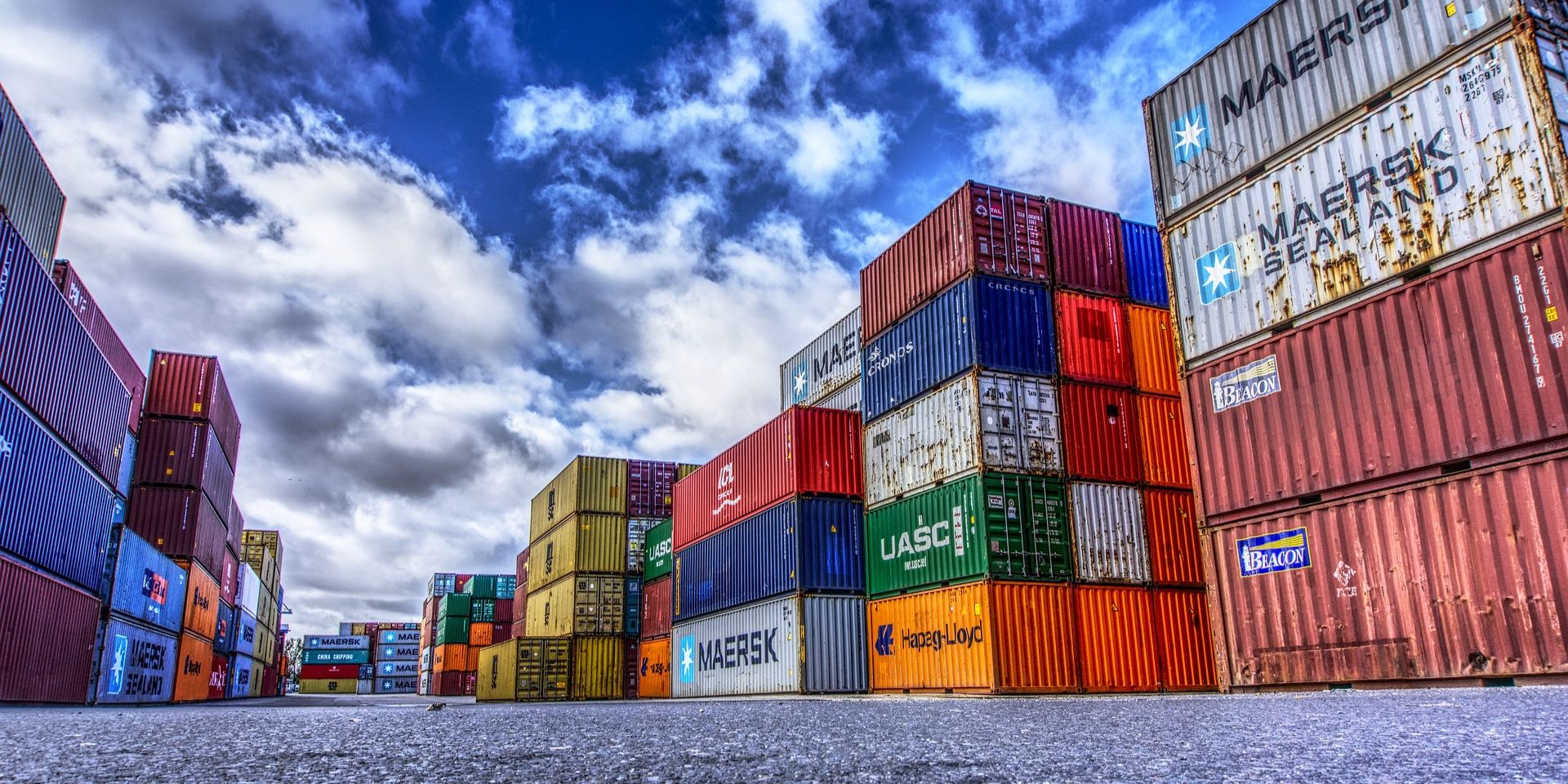
Container Management
Table of Contents
Containers for transportation and storage
Containers are crucial for global freight coordination, with differences in dimensions and characteristics playing a central role. Standard containers, mostly in the sizes 20 feet (5.89 x 2.35 x 2.39 m) and 40 feet (12.02 x 2.35 x 2.39 m), offer space for up to 28 tons of payload. In addition to these, there are special variants such as open-top containers for bulky goods and flatracks for elongated loads. Effective container management is essential for optimizing the supply chain. Companies should specifically select new or used containers and pay attention to volume and equipment. A well thought-out container strategy not only improves the flow of materials, but also significantly increases the efficiency of logistics processes. Success in modern logistics depends heavily on the strategic use of containers.
What sizes of containers are there?
A 40-foot container measures approximately 12.19 meters in length, 2.44 meters in width and 2.59 meters in height. These standardized dimensions are widely used in international logistics and can vary depending on the type of container, such as high containers with additional height. Containers are available in different sizes, the most common being 20 feet (6.1 meters) and 40 feet (12.2 meters). The 20-foot container has a volume of around 33 cubic meters and a load capacity of around 22,000 kilograms. The standard 40-foot container has a volume of around 67 cubic meters, while the high-cube version can hold up to 76 cubic meters. In addition to these, there are special variants such as refrigerated containers for temperature-controlled goods and open containers for bulk goods or large machines. Other sizes such as 10-foot, 45-foot and even 53-foot containers are also available.

How can shipping and transport costs be minimized?
The longer the transportation routes in the supply chain, the higher the costs incurred per container. Effective packing reduces the effort and maximizes the volume, which reduces the number of containers required - especially for long distances such as from China to Europe. Long-term planning of containers for regular shipments enables cost-efficient coordination of large flows of goods without having to resort to more expensive means of transportation. Prices for standard containers vary greatly: a 20-foot container costs between 2,000 and 5,000 euros, while a 40-foot container costs between 3,000 and 8,000 euros. Transport, storage, customs and insurance fees are added to these acquisition costs, which increases the overall costs. Current market prices should be researched in order to secure the best conditions. Containers offer an economical solution for long-distance transportation and help to keep an eye on delivery and transport costs.
How can you design effective container management?
Container management is crucial for the efficiency of the supply chain. Accurate analysis of container demand prevents overcapacity and optimizes transport through flexible rental or purchase options and different sizes. Accessories such as pallets maximize space, while modern technologies such as IoT and AI improve container management through real-time monitoring. Strategic planning in terms of size and volume ensures optimal utilization and avoids empty runs, securing competitive advantages. However, there are challenges, such as the efficient use of storage and refrigerated containers and on-time delivery. Companies need to find suitable solutions to effectively manage their container inventory and optimize contact with suppliers.
Is there a permit requirement for containers?
The permit requirement for containers depends on factors such as type, location and duration. Containers on public land often require a permit, especially if they are to be set up for a long period of time. It is advisable to obtain information from the building authorities in advance to avoid legal problems.
